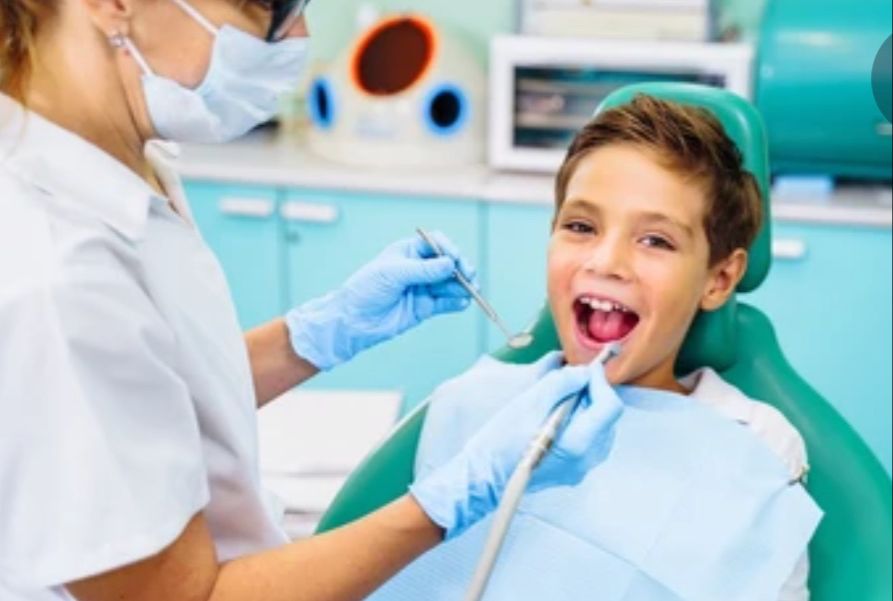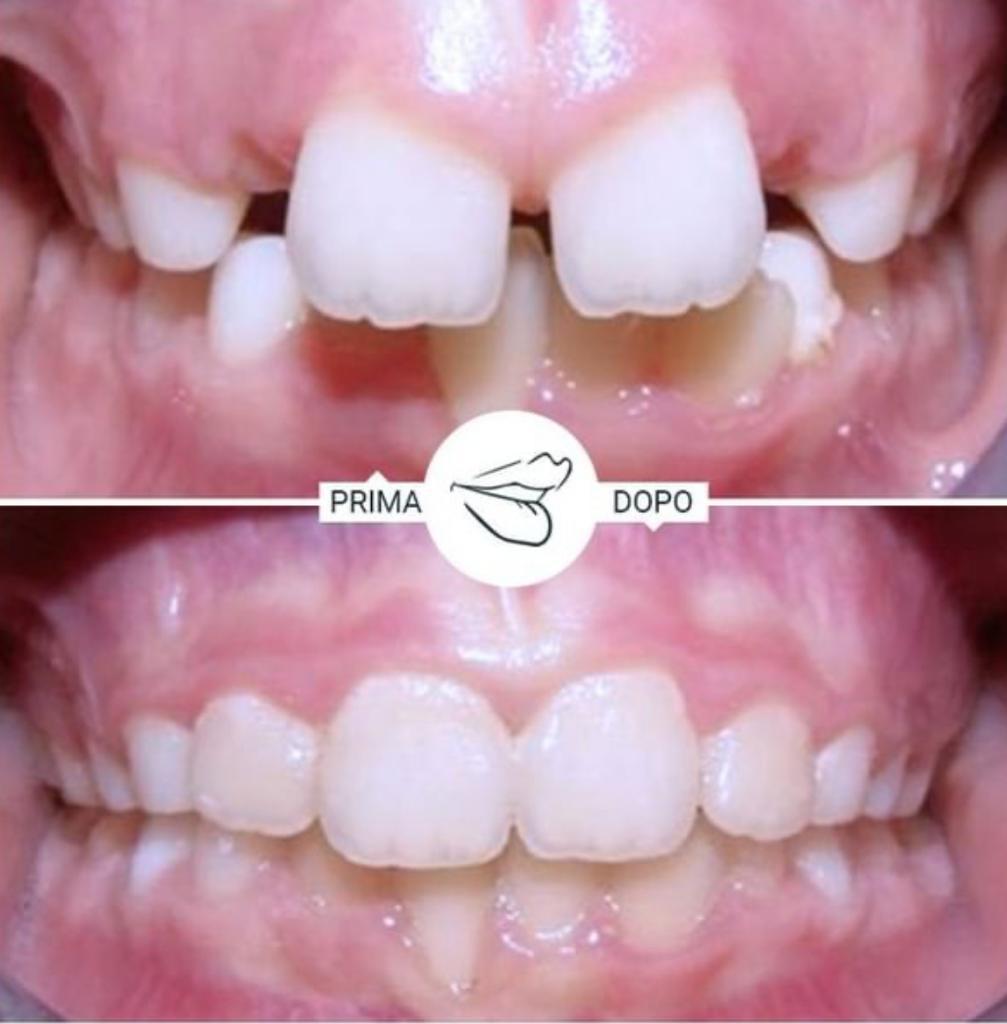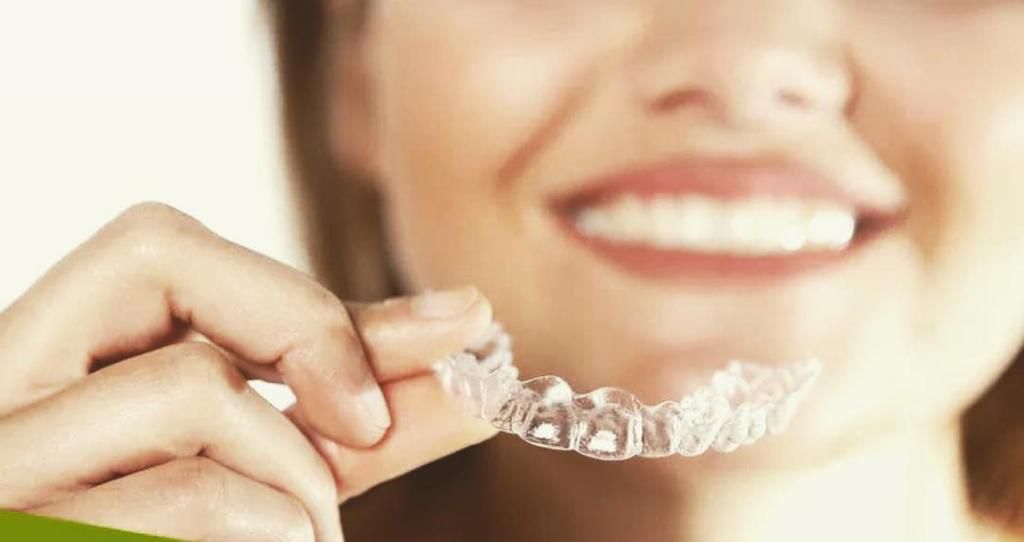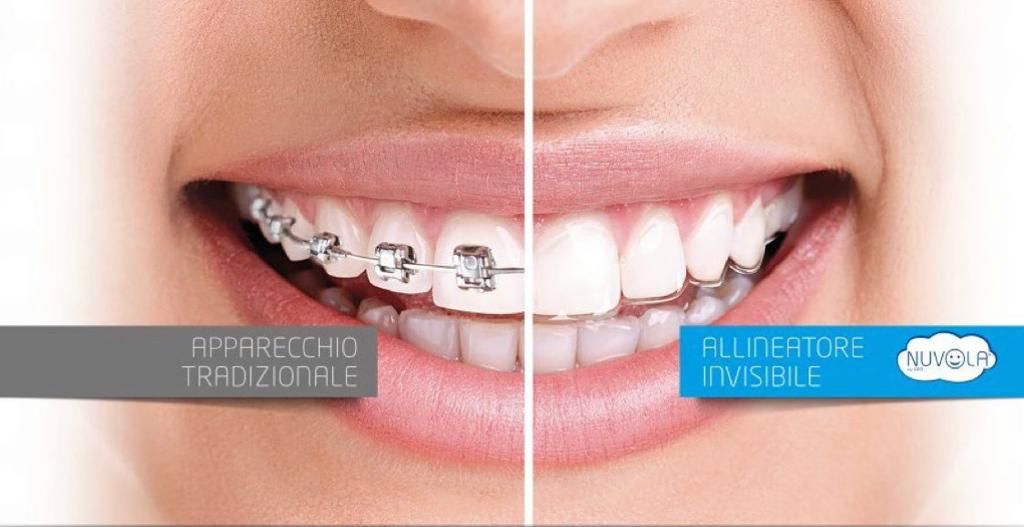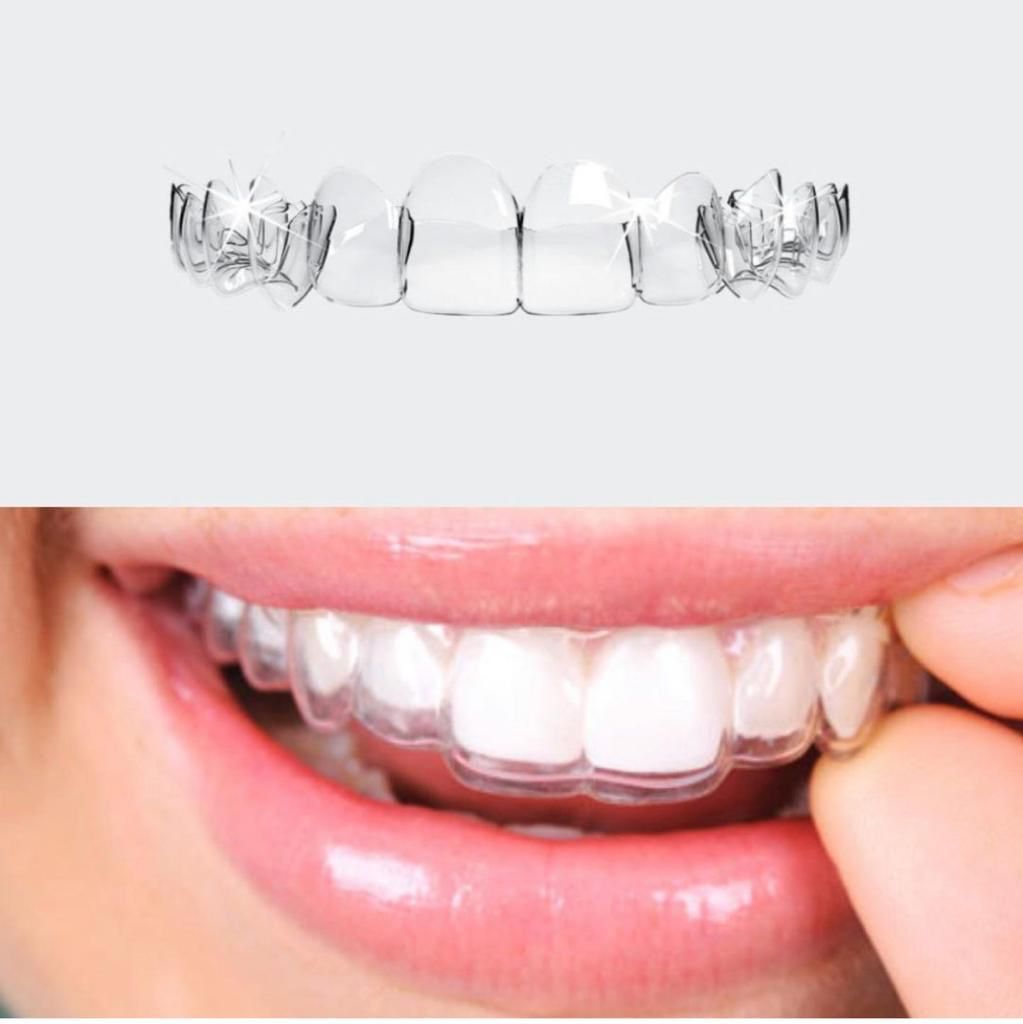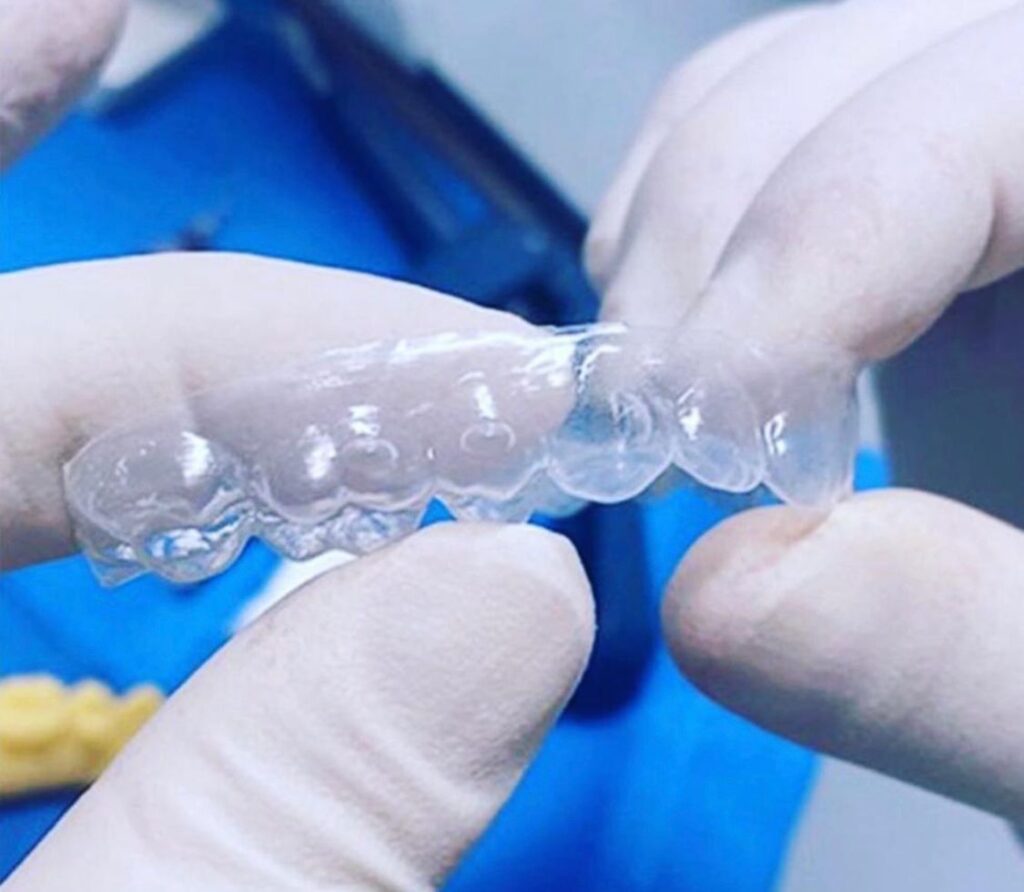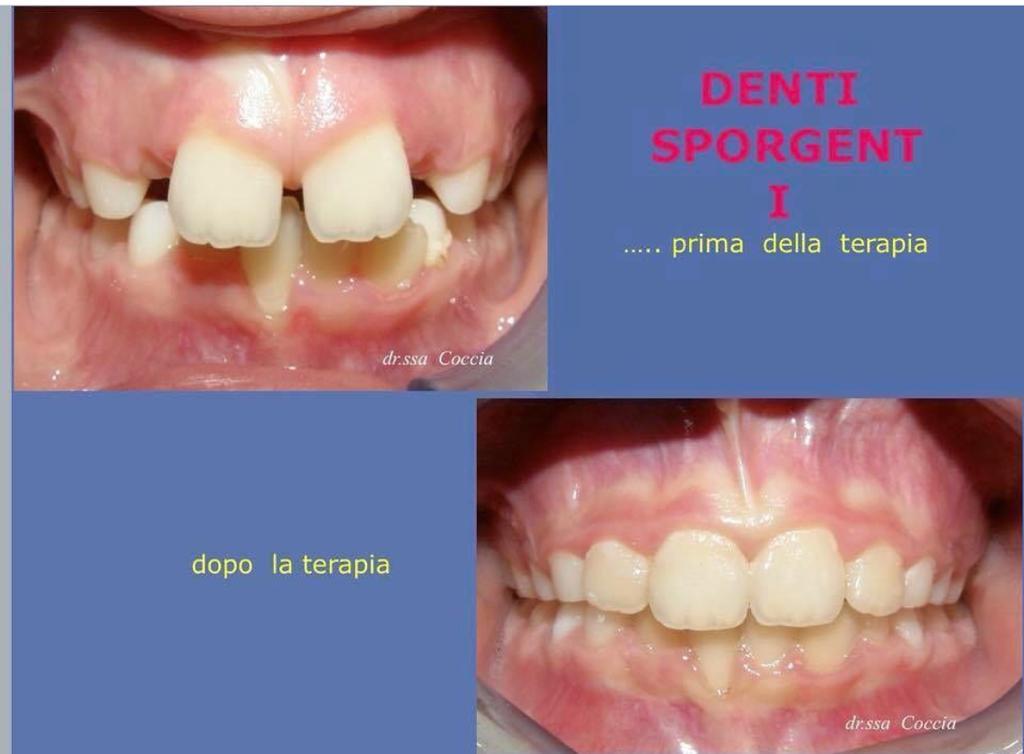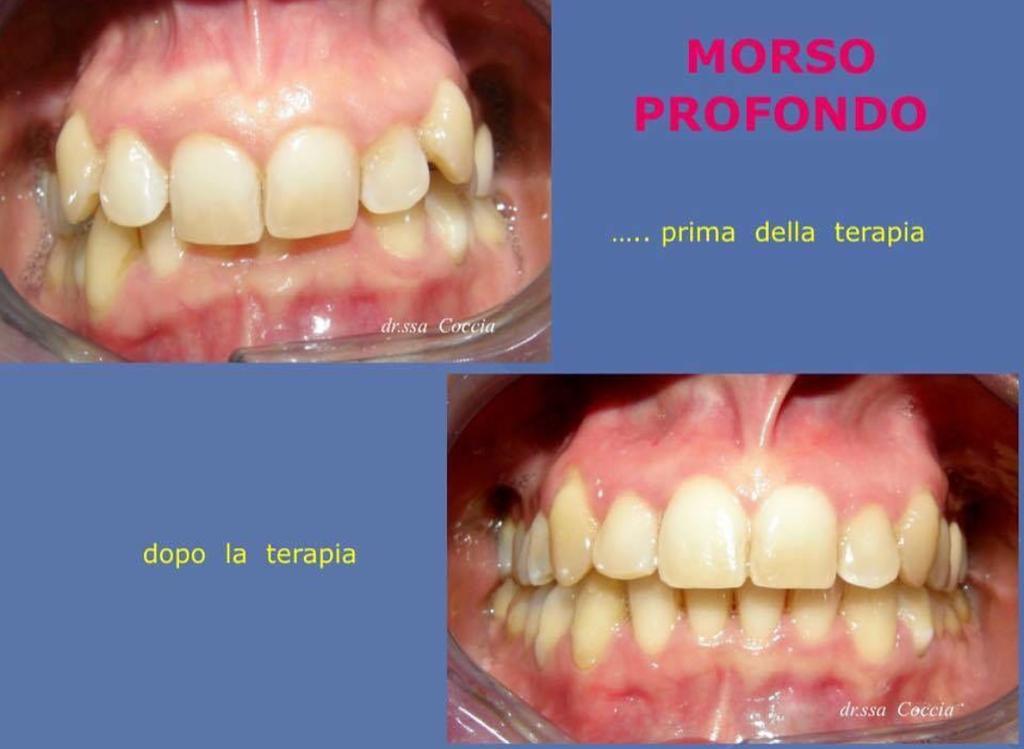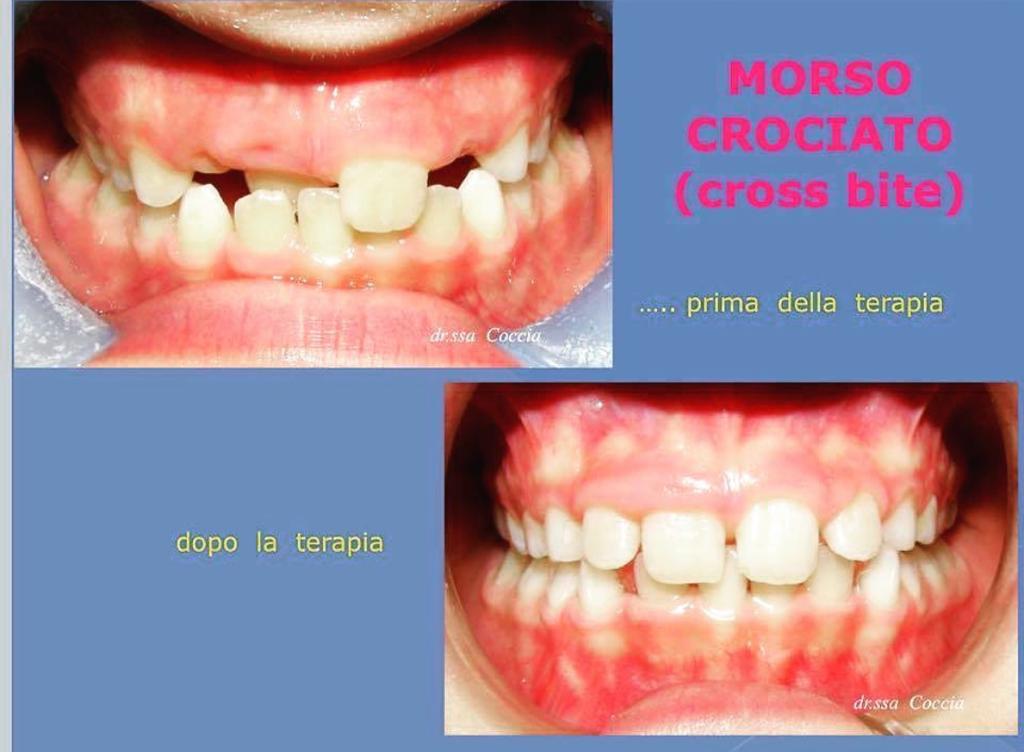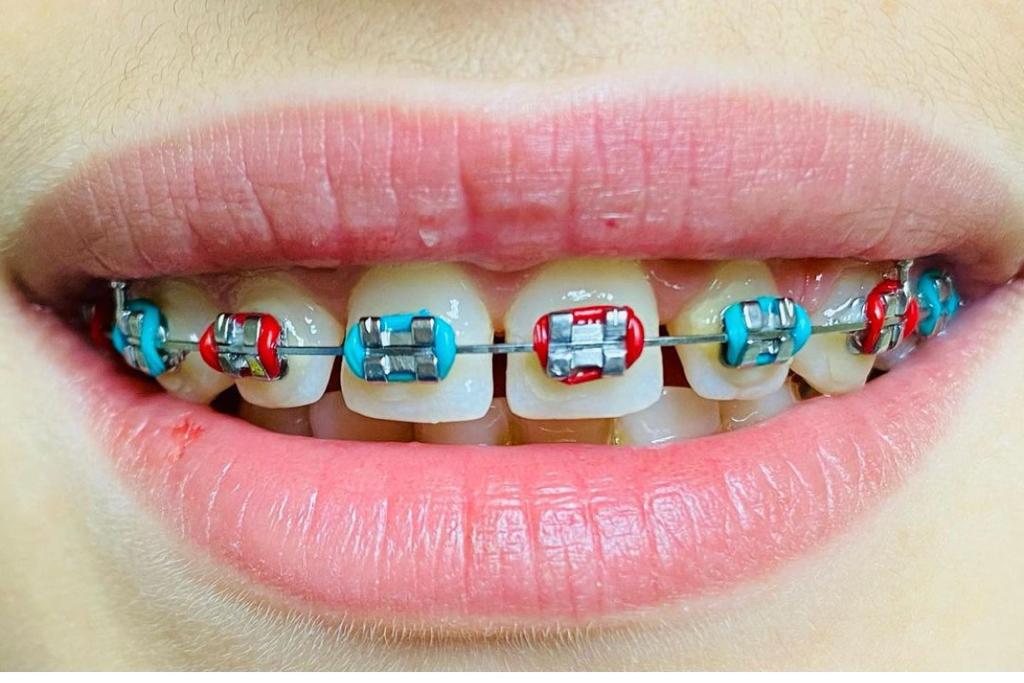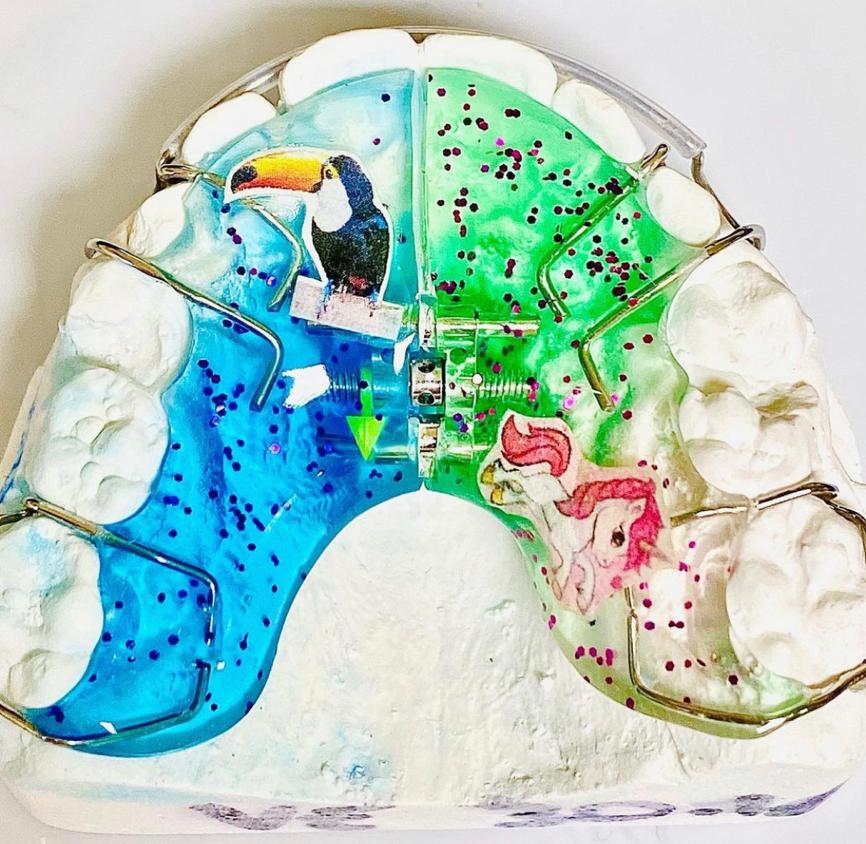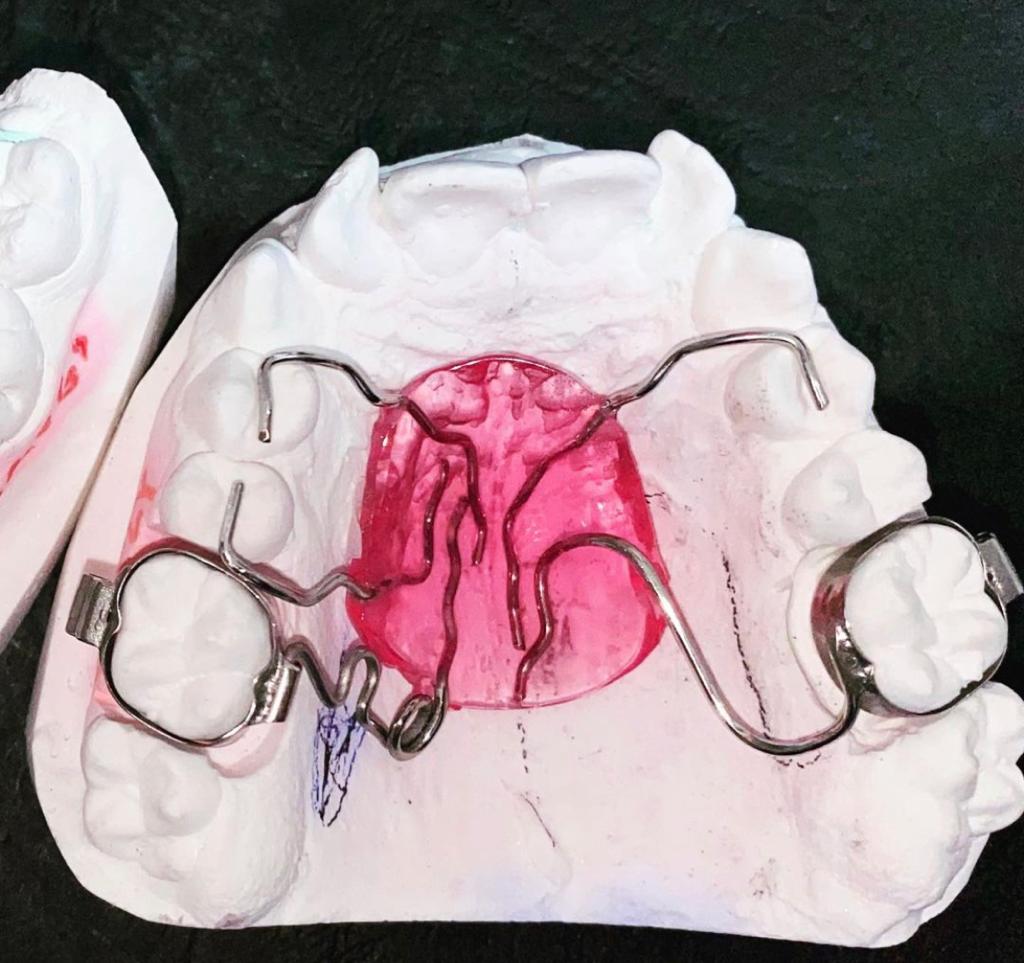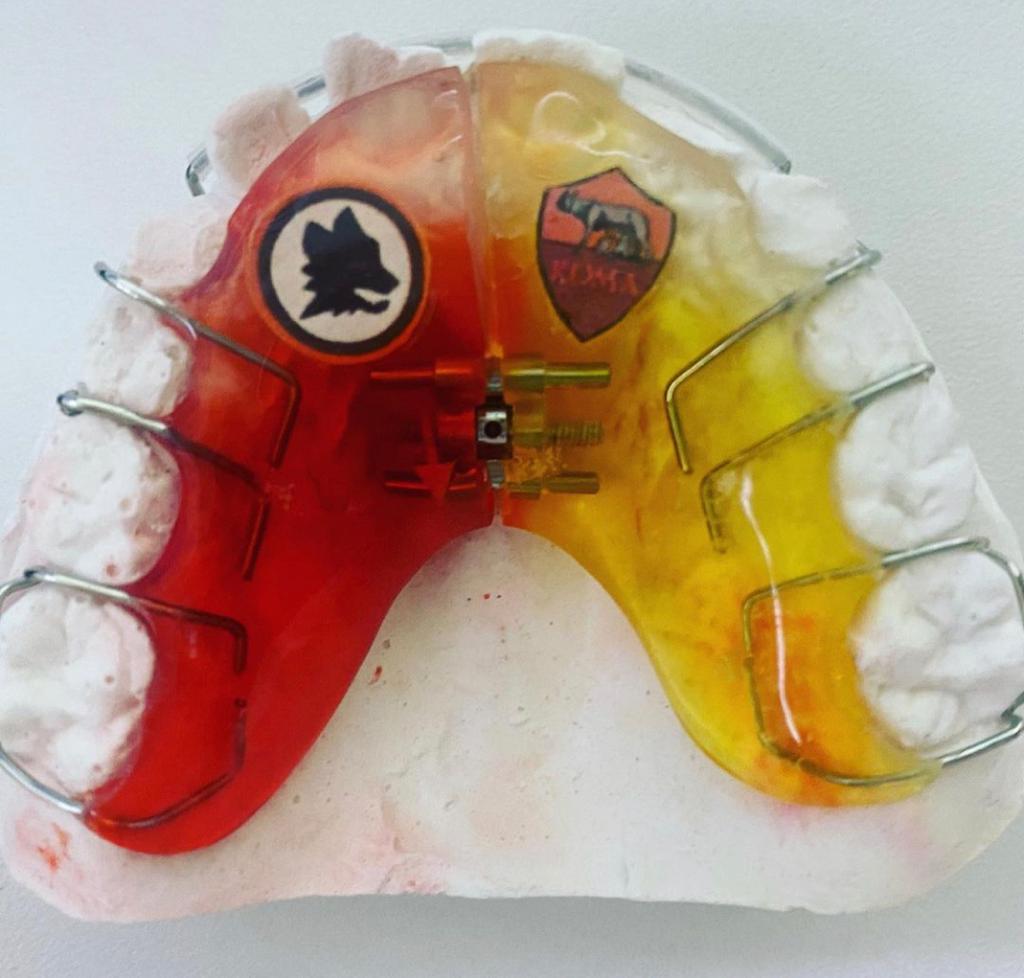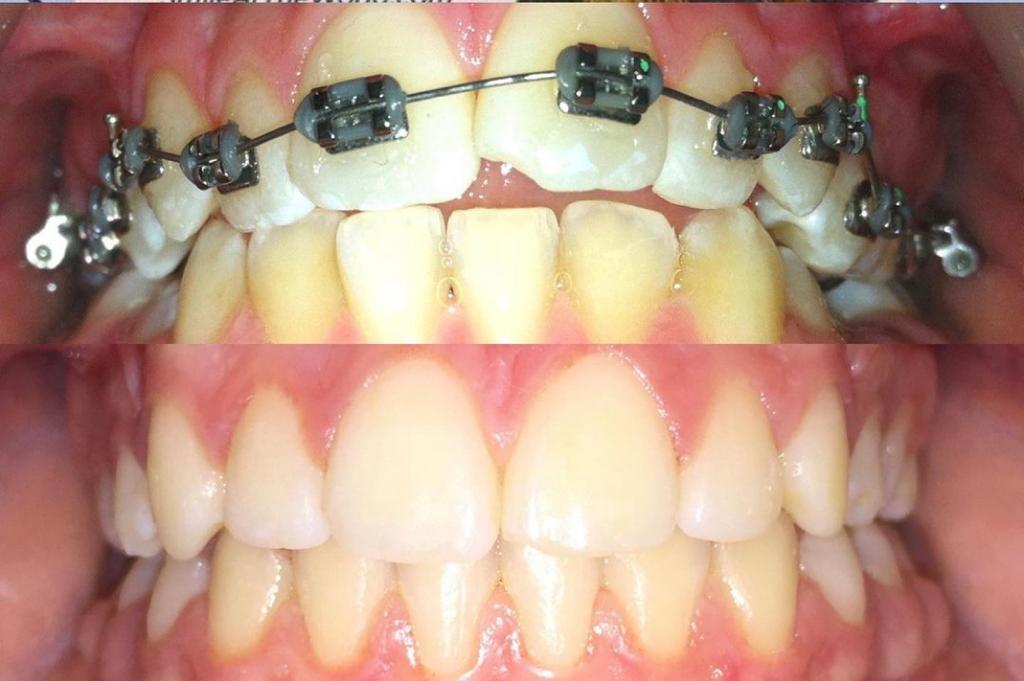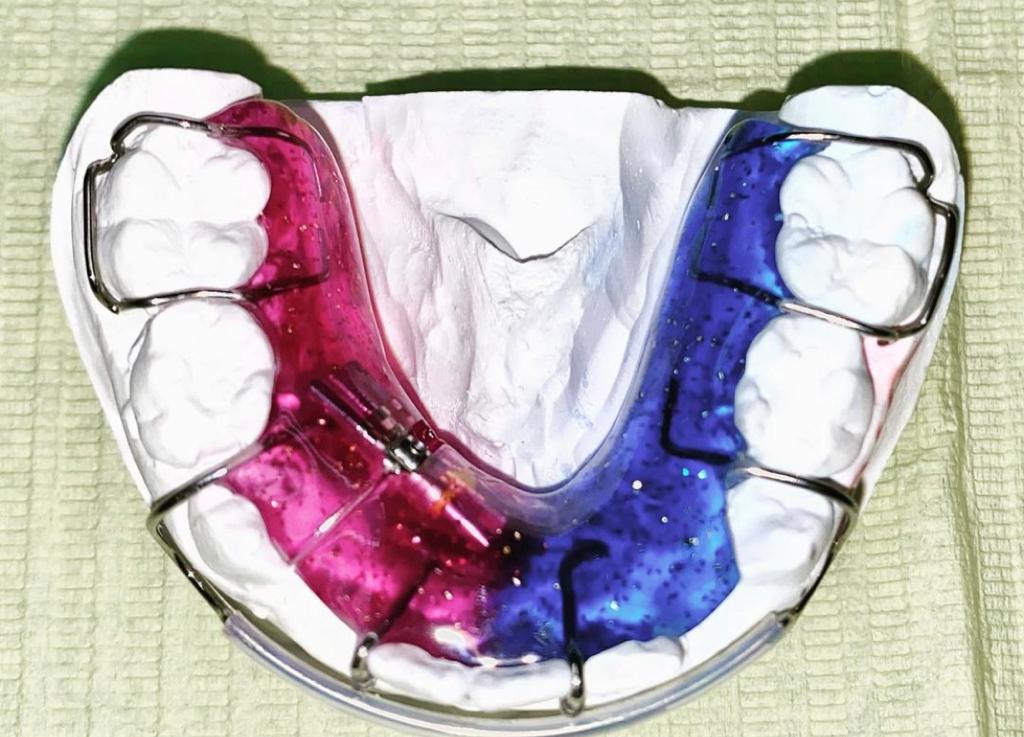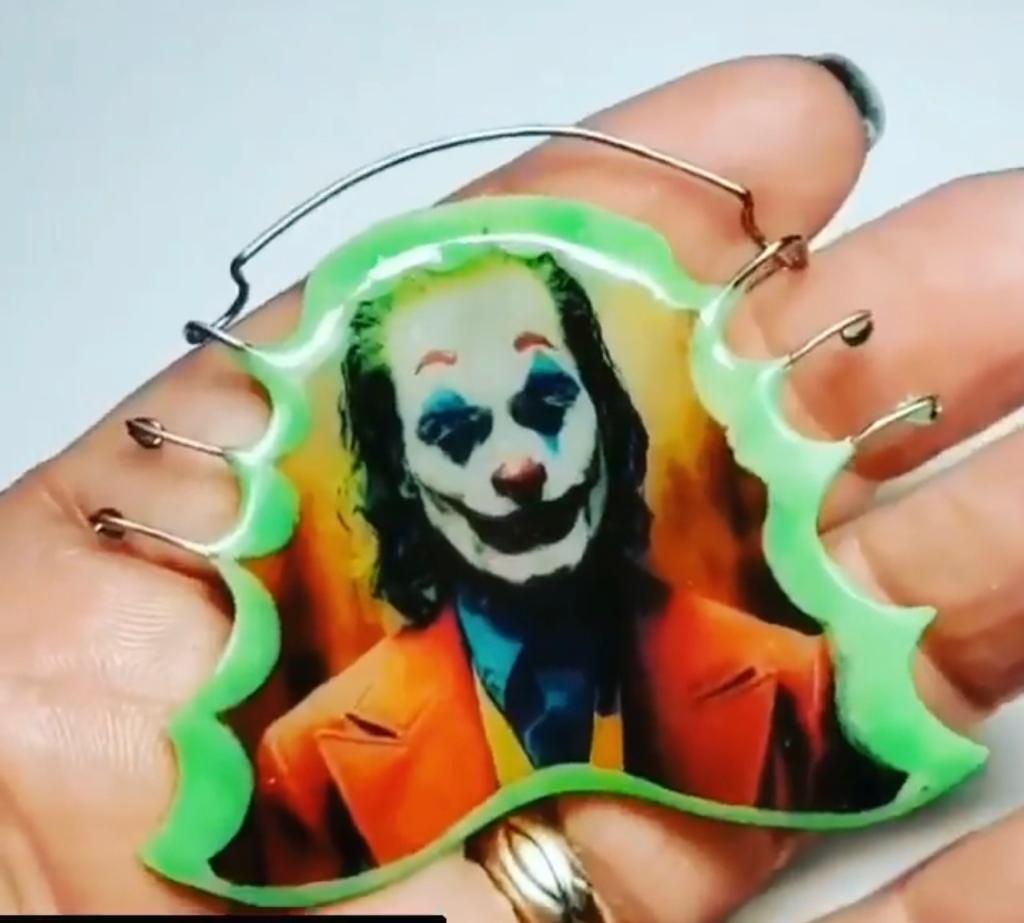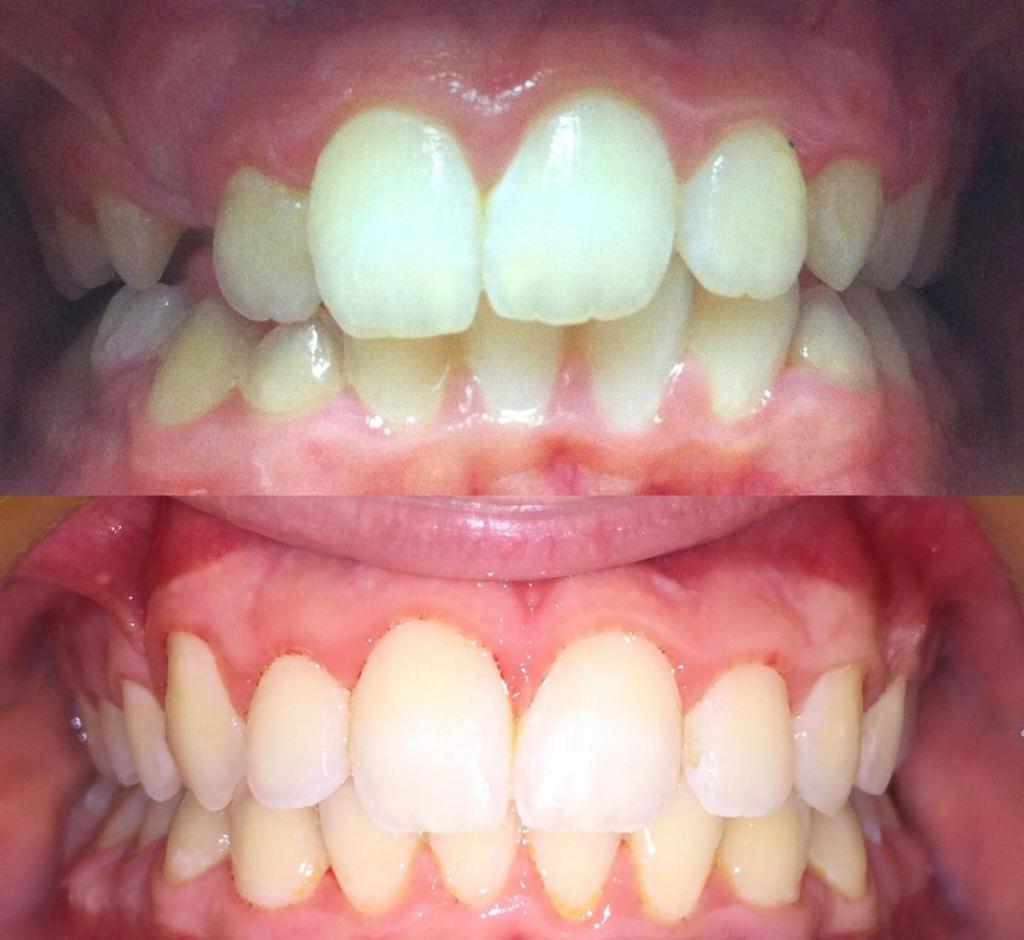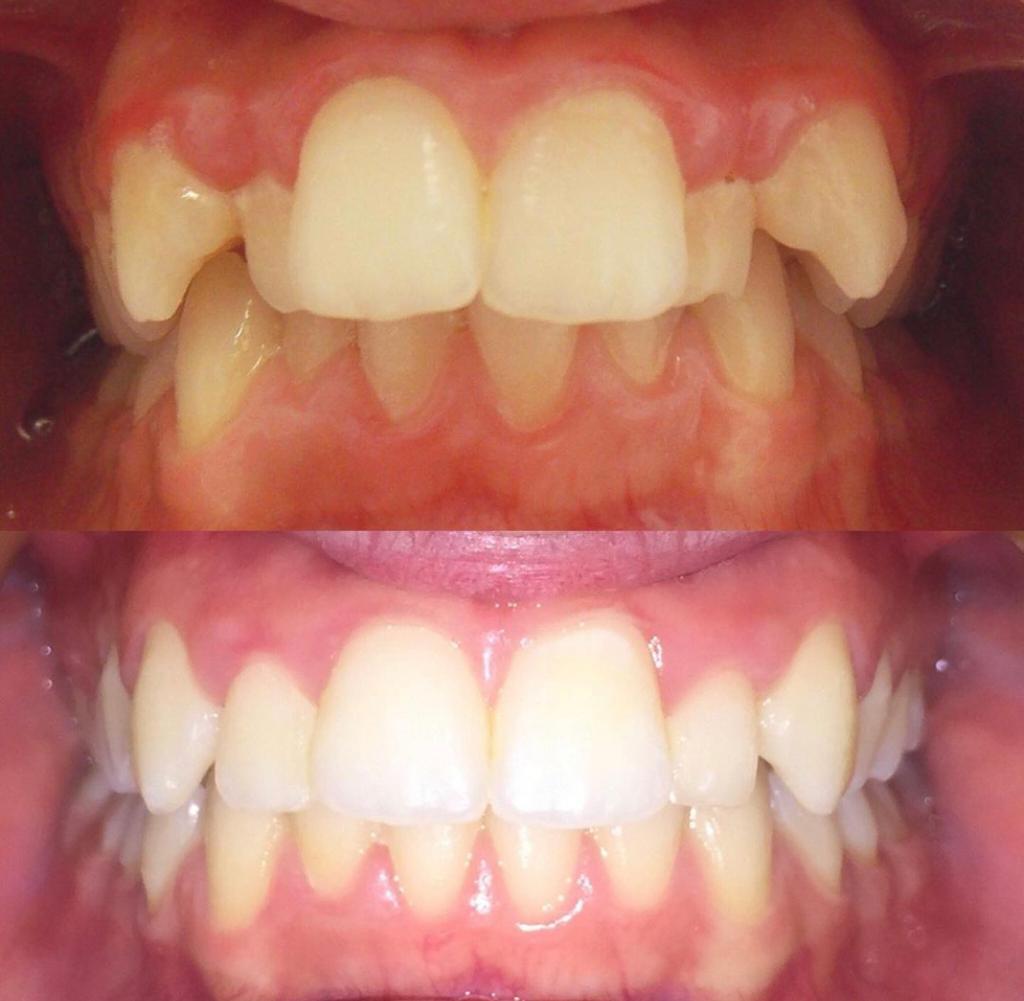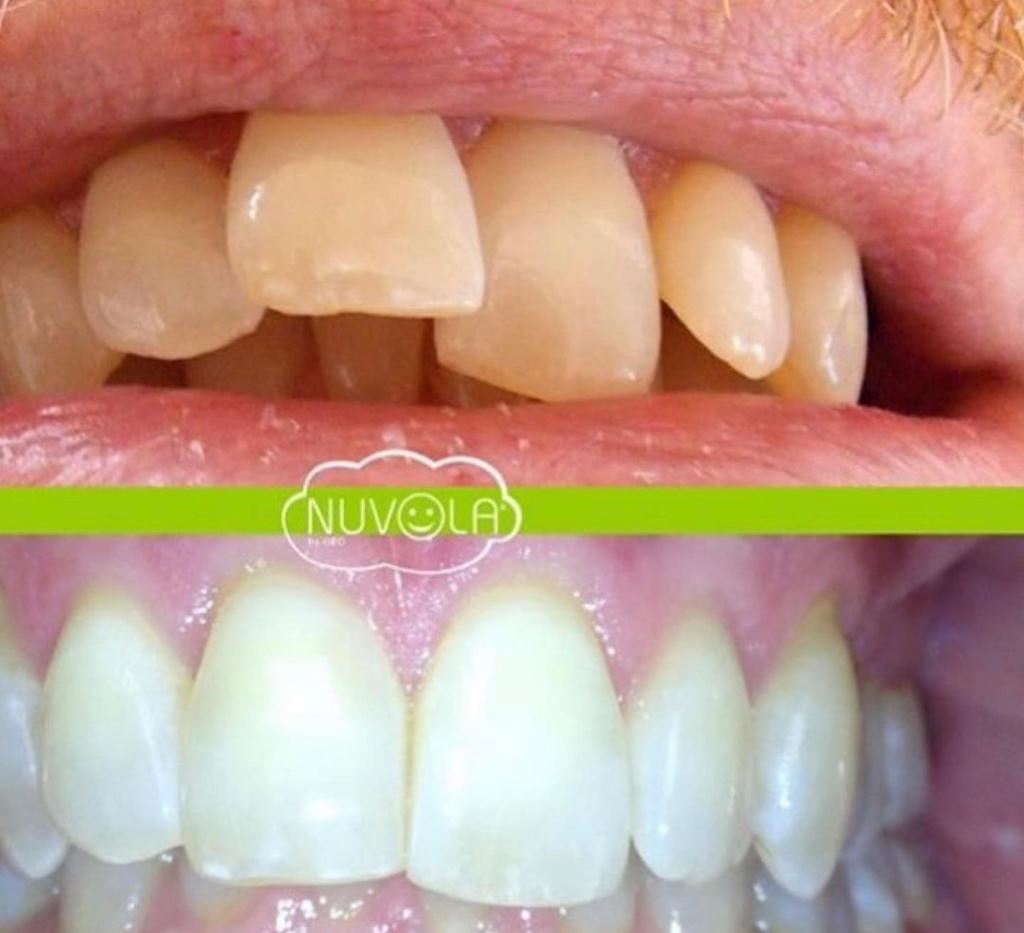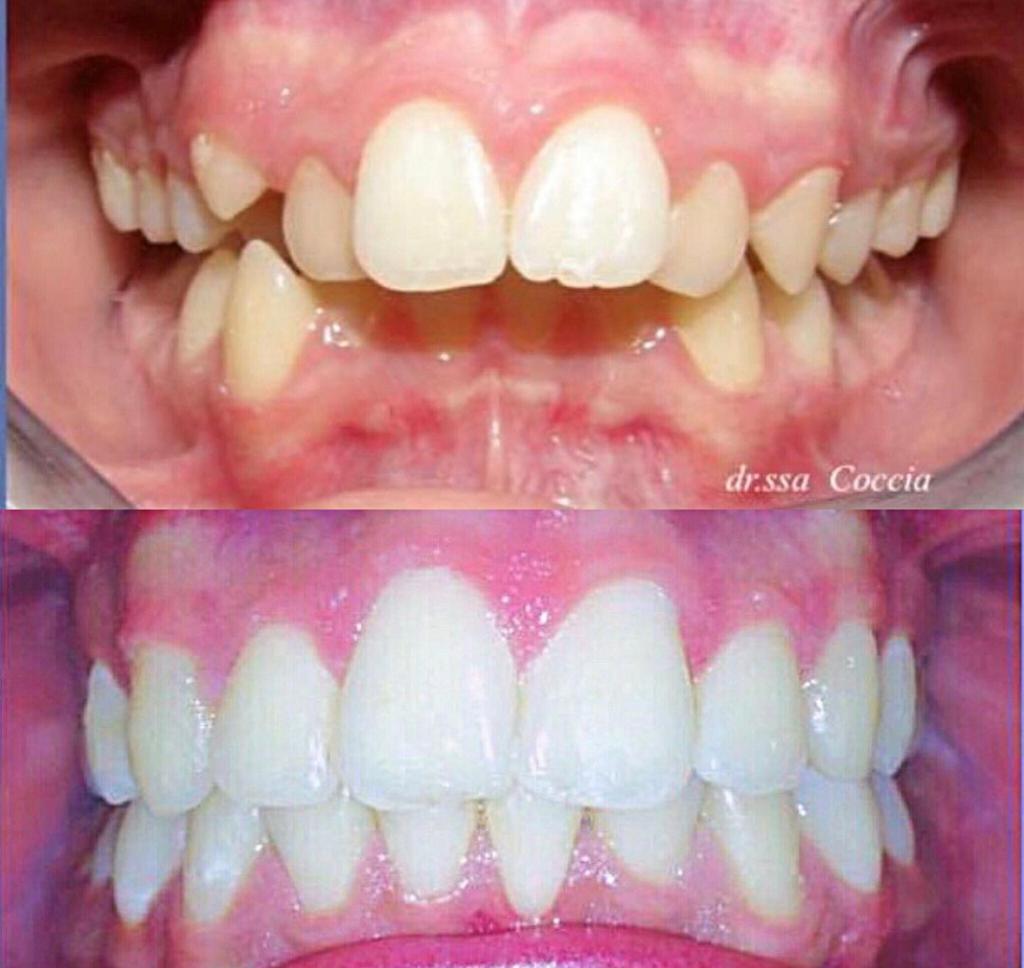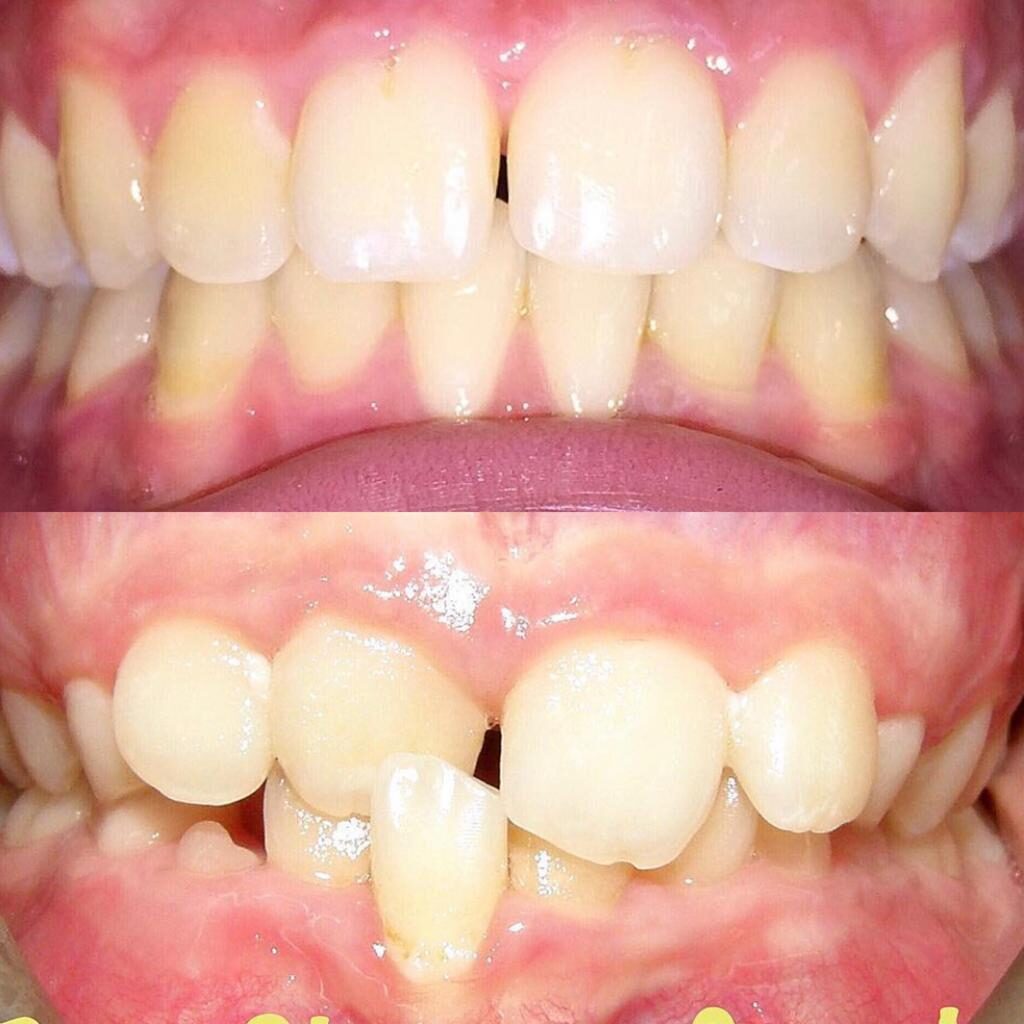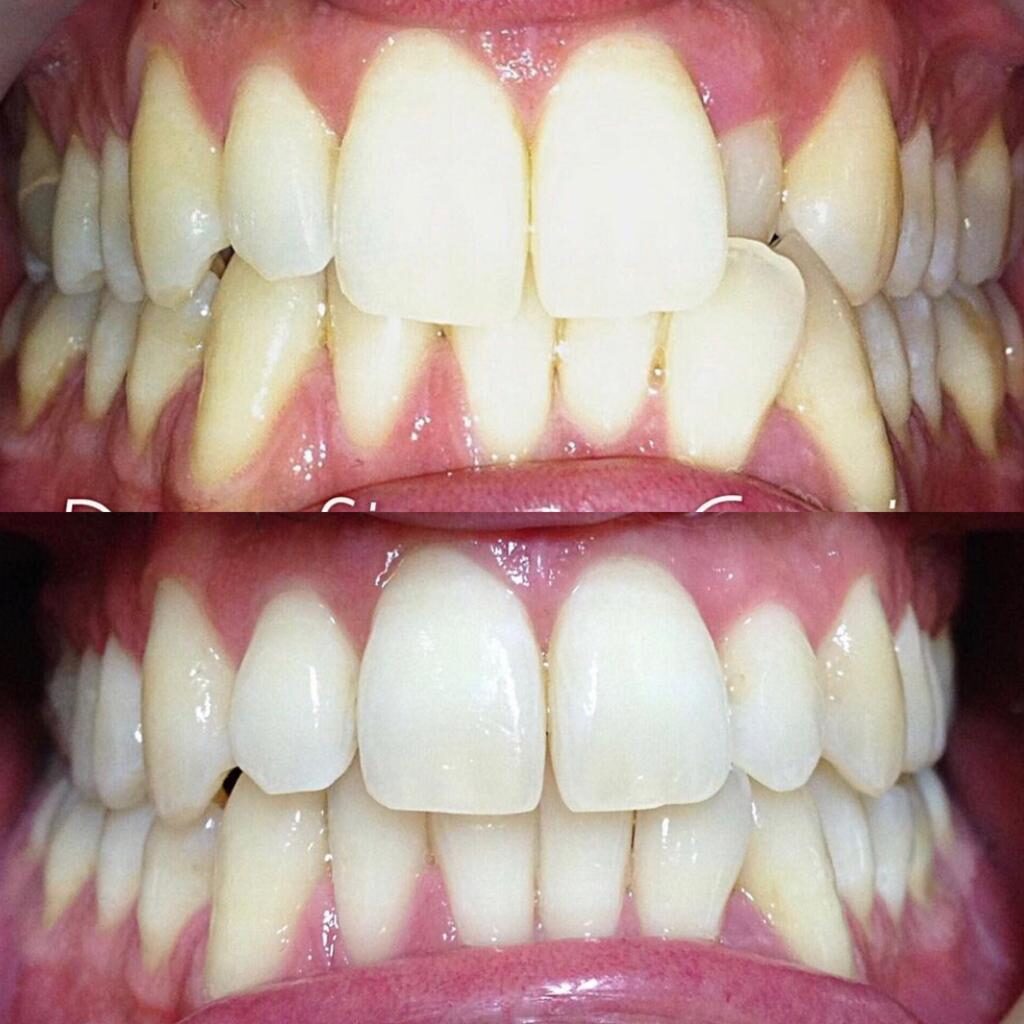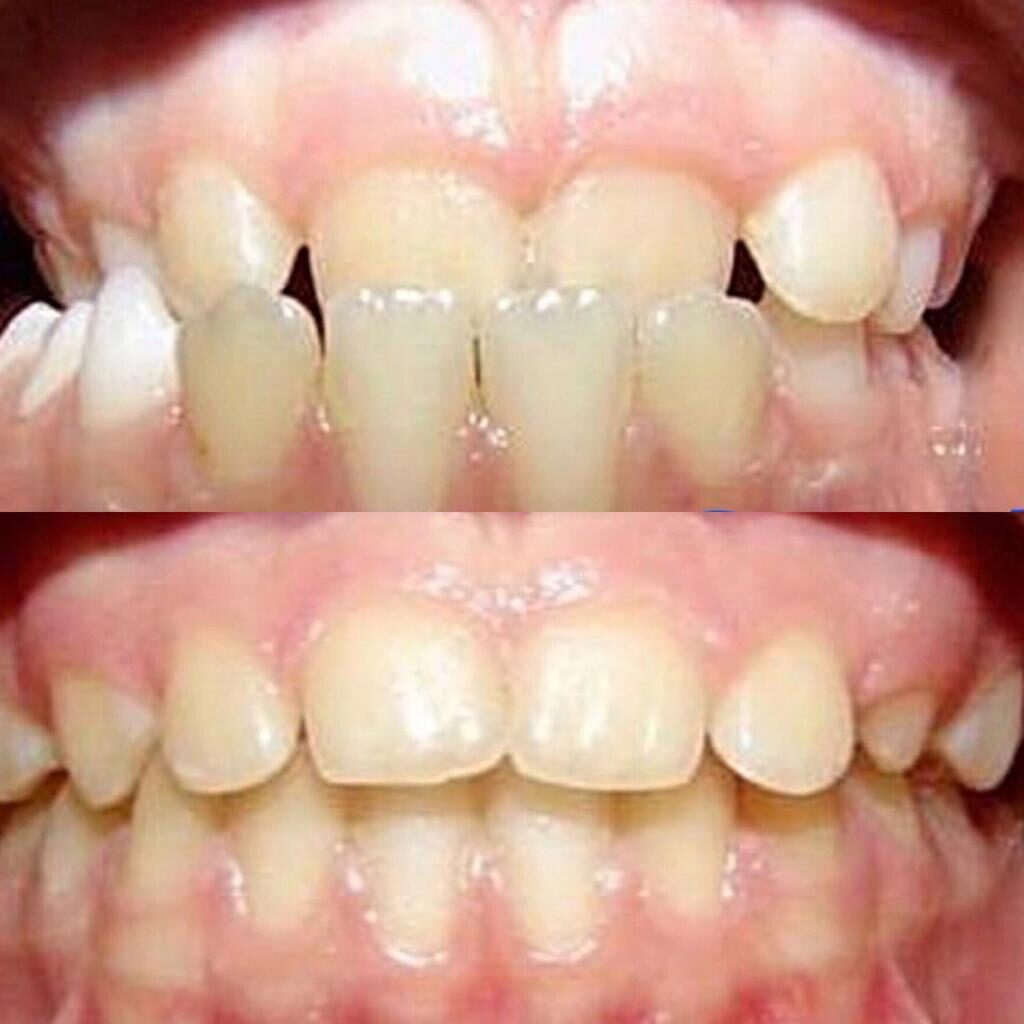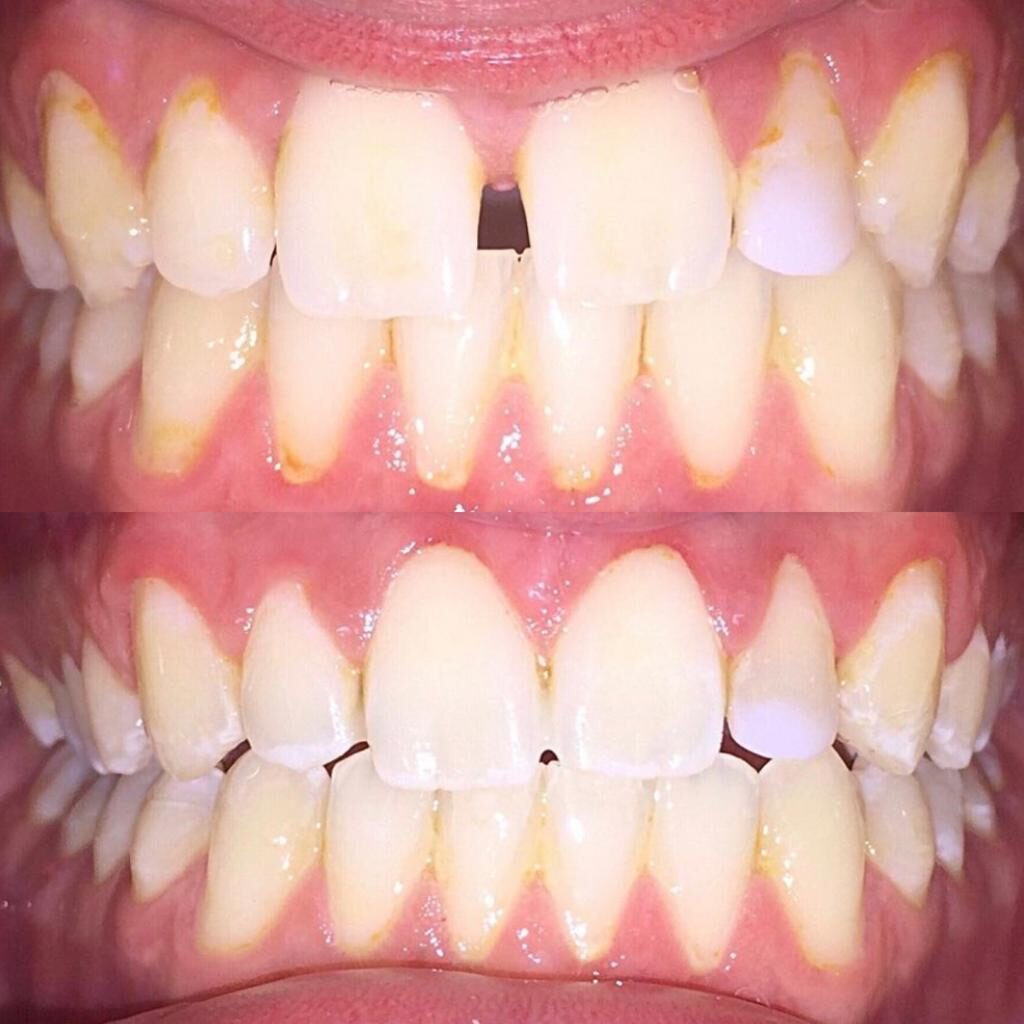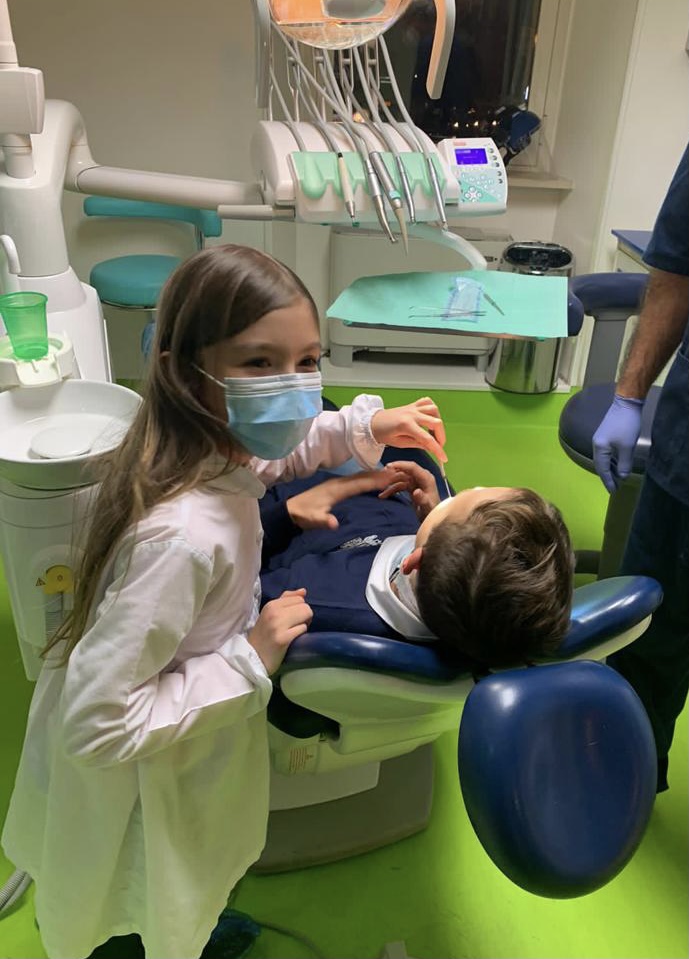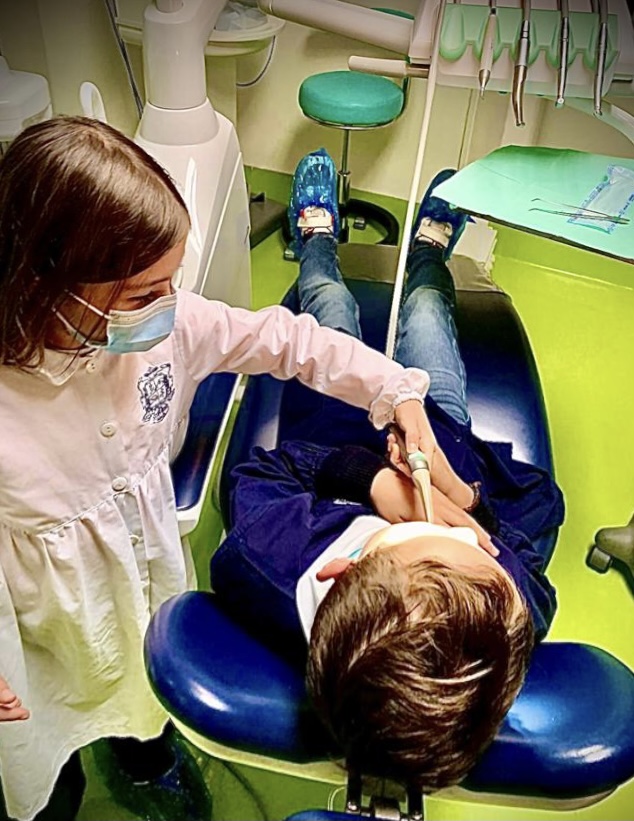Orthodontics is that branch of dentistry that deals with the study and possible correction of the abnormal position of one or more dental elements. It should be noted that the generic definition of “orthodontics” must be accompanied, being academically considered a specialty, to that of orthodontics, which is not limited to intervening on the teeth but also deals with the jaw bones and the consequent appearance of the face and respiratory, masticatory, and phonetic functions. All this is implemented through two different types of therapy, but often consequential: surgical therapy and mechanical therapy. Surgical therapy involves interventions ranging from the simple extraction of dental elements, which prevent the correct alignment of the others, to more invasive interventions on the bone structures. Mechanical therapy is implemented using devices that can be “active”, when they act directly with the forces that develop through springs, screws, arches, etc. or “passive”, when they exploit the chewing forces being in themselves inactive. It is important to underline that orthodontics and orthodontics have no age, in the sense that they are not the prerogative of adolescent children, but also of adult patients; correcting anomalies and malocclusions, even in old age, preserves the entire chewing system from important pathologies that could cause tooth loss and more. Just think of how much importance is given by the most authoritative world studies to the correlation between dental occlusion and posture and, consequently, between malocclusion, headache, and back pain, without wishing, here, to speak of pathologies linked to abnormal pressures of the intracranial fluid. Pedodontics or pediatric dentistry is a discipline that prevents and treats the child’s odontostomatological pathologies from birth to adolescence. Orthodontics and pedodontics are, in few words:
- the prevention and interception of carious lesions, including on milk teeth or dental and / or dentoskeletal ocular anomalies;
- hygiene and diet education and, above all, the search for collaboration with young patients; in this sense, dialogue becomes fundamental, a real therapy that can allow the child to overcome his fears particularly related to pain.
Children and the fear of the dentist
Fear of the dentist is not innate in children, so it would be ideal to make them perceive going to the dentist as one of the normal experiences of daily life, to be lived with serenity and without fear. For this to happen, it is good that the first visit takes place when the little patient is still healthy and without problems, so it will be experienced as a normal control, during which to meet the chair and the tools of the trade as if it were a game.
What not to do with children
Never say “Brush your teeth well, otherwise they become rotten, and the dentist will have to treat them”, better to talk about healthy and beautiful teeth. Never talk about drills and punctures, they scare you; do not use words like “fear” and “evil”,they generate anguish. Never say to be good at the dentist, he would think there is a reason not to. Never tell about personal traumatic experiences. Do not announce visiting too far in advance. Better to go with a single parent and not promise rewards, it is advisable to surprise them later.
What to do with children
take the child to the dentist when he is healthy. Make an appointment at the time of day when you are least tired. Better to take it after a light snack, the hungry child is nervous. Make him wear his favorite clothing and allow him to bring his favorite toy, showing off for the child is to gain confidence first. Parents are welcome on first visits, while in subsequent sessions it is better for parents to stay in the waiting room: he will think that he can do it alone, without someone overprotective, and will not suffer the parental anxiety, so he will enter more easily. familiarity with the dentist and his staff.
